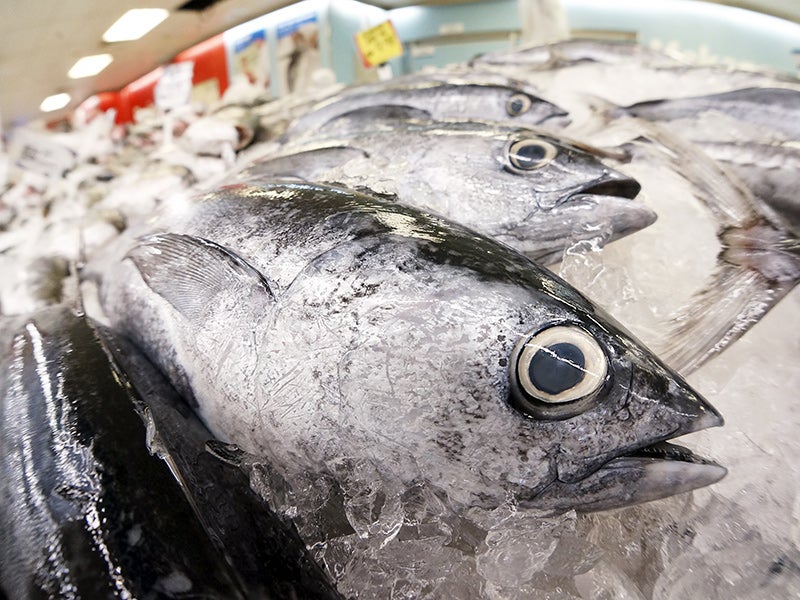Protecting Consumers from Mercury in Seafood
Originating mainly from coal-fired power plants and artisanal and small scale gold mining, airborne mercury is deposited into the ocean, where it converts into methylmercury, a neurotoxin that is particularly harmful to developing fetuses and children. Methylmercury accumulates in fish and shellfish. Methylmercury exposure has been linked to learning disabilities, lowered IQ, and impaired cognitive and nervous system functioning.
Regional Office / Program
Case Overview
Consumer protection and environmental advocates have filed a lawsuit in federal district court against the U.S. Food and Drug Administration for failing to respond to a July 2011 petition in which the groups asked the FDA to give consumers clear, accurate and accessible information about toxic mercury in the seafood they eat.
The lawsuit, filed by Earthjustice on behalf of the Center for Science in the Public Interest and the Mercury Policy Project, a project of the Tides Center, seeks a court-ordered deadline for FDA to respond to its request that the agency require signs at market seafood counters and labels on packaged seafood to inform consumers of the relative amounts of mercury in fish and other seafood. Under its own regulations, FDA had 180 days to respond to the petition, but ignored that deadline. Its failure to issue a final decision violates federal law.
Mercury exposure via seafood consumption has been a health concern for decades. Originating mainly from coal-fired power plants and artisanal and small scale gold mining, airborne mercury is deposited into the ocean, where it converts into methylmercury, a neurotoxin that is particularly harmful to developing fetuses and children. Methylmercury accumulates in fish and shellfish. Methylmercury exposure has been linked to learning disabilities, lowered IQ, and impaired cognitive and nervous system functioning.
FDA acknowledged these health risks in 2004, when, in collaboration with the Environmental Protection Agency (EPA), it issued an online advisory, “What You Need to Know About Mercury in Fish and Shellfish.” Aimed at women of childbearing age, pregnant women, women who are nursing, and children, the advisory established guidelines for seafood consumption to minimize mercury exposure. The advisory is inadequate, lacking vital information for making healthy seafood choices. For example, while it advises such women and children not to eat shark, king mackerel, tilefish, or swordfish—predators at the top of the food chain that accumulate large amounts of the toxic chemical—it offers little information about healthier alternatives. Also, the advisory’s encouragement to consume canned tuna, the largest source of mercury exposure for most Americans, is out of step with the science, which suggests the government’s recommended levels are excessive and unsafe.
In addition to being inaccurate and inadequate, studies have confirmed that the information in the government’s on-line advisory is not reaching the general public, particularly those who do not have Internet access, or simply do not know they can seek advice online. The plaintiffs’ petition asks for regulations that would require package labeling and clear point-of-sale charts at grocery stores and fish markets to enable consumers to make healthier seafood choices that maximize the benefits of eating seafood while reducing the risk of mercury exposure.

Case Updates
Case page created on October 23, 2012.
